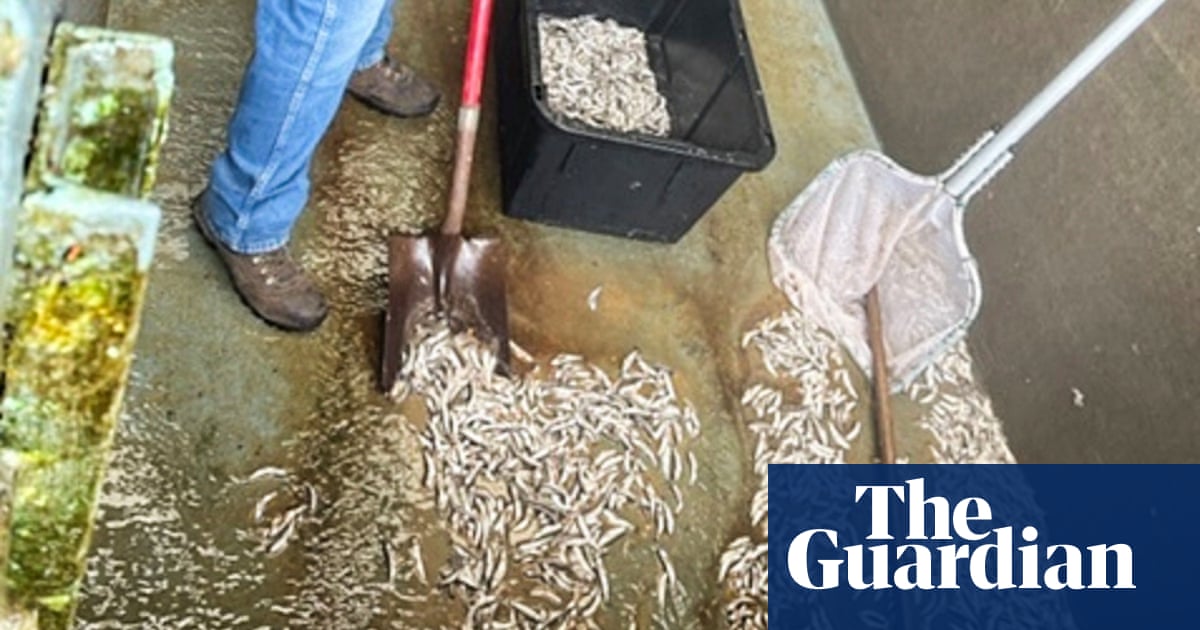Blueberries and bell peppers: six fruits and vegetables with the most pesticide risk | Pesticides


1. Blueberries
Why they’re a problem: One in five samples of domestic, conventional blueberries had residue of phosmet, a pesticide that the Environmental Protection Agency considers a particular risk to children. It’s an organophosphate (OP), a class of chemicals responsible for much of the risk in many high-risk foods in our analysis.
Key takeaway: Conventional frozen blueberries also posed a very high risk. Several years of US Department of Agriculture data suggests that contamination with phosmet may be increasing, as growers use it as an alternative to other even more harmful pesticides.
Better choice: Consumer Reports doesn’t have data for raspberries or blackberries, but organic blueberries did well and fresh domestic strawberries fared OK.
2. Bell peppers
Why they’re a problem: Close to half of all domestic, conventional samples of this vegetable tested positive for oxamyl or its breakdown product, oxamyl oxime.
Key takeaway: Oxamyl is a carbamate, another class of chemicals that, with OPs, accounts for most of the risk among high-risk or very high-risk foods in Consumer Reports’ analysis.
Better choice: Opting for organic is likely the best choice here, or consuming these foods sparingly. Note that in our ratings hot peppers also posed a high risk.
3. Potatoes
Why they’re a problem: Nearly all domestic, conventional samples had residue of chlorpropham, a carbamate pesticide. Organic potatoes were moderate risk, because of contamination with the same pesticide, likely in processing plants.
Key takeaway: While not the riskiest pesticide, chlorpropham was found on nearly all samples. That’s likely because it’s typically sprayed on potatoes just before they are bagged, to keep them from sprouting. Organic potatoes may be inadvertently contaminated when they are processed in the same facility as conventional ones.
Better choice: Sweet potatoes. They posed a low risk, and are a nutritional powerhouse to boot.
4. Green beans
Why they’re a problem: Only about 4% of domestic, conventional samples had residue of the OP acephate or a related chemical, methamidophos, but risk levels were often very high. Acephate has been banned by the EPA for use on green beans since 2011.
Key takeaway: Acephate levels were particularly high in imported green beans, mostly from Mexico. Even imported organic green beans were very high-risk, the only organic food with that rating. Its detection on samples suggests illegal use and inadequate oversight of imports.
Better choice: Snap peas. They posed a low risk, and have a similar crunch and texture. Organic green beans grown domestically are also a good choice.
5. Kale and mustard greens
Why they’re a problem: Domestic, conventional versions of these greens sometimes contained a mix of pesticides: pyraclostrobin, a fungicide; cyfluthrin, a pyrethroid pesticide (these have been linked to cardiovascular disease-related deaths); and chlorpyrifos, a highly toxic OP, in a relatively small number of samples, especially mustard greens.
Key takeaway: The EPA has banned chlorpyrifos for use inside homes since 2000, but it is still used on some crops.
Better choice: Organic kale and mustard greens. Broccoli also posed a very low risk and has similar nutritional benefits. Fresh spinach was of moderate risk, making it a better choice too. Lettuce was low-risk.
6. Watermelons
Why they’re a problem: Only about 3% of domestic, conventional samples tested positive for oxamyl, the same pesticide as in bell peppers, but again, the levels are far above what Consumer Reports’ experts consider safe.
Key takeaway: USDA testers wash all produce before testing, and measure pesticide levels on the edible portion of a fruit or vegetable. So in this case, the pesticides are not just on the rind of the watermelon.
Better choice: Organic watermelon. Cantaloupe is also a good option, because it posed a very low risk.
Source link




